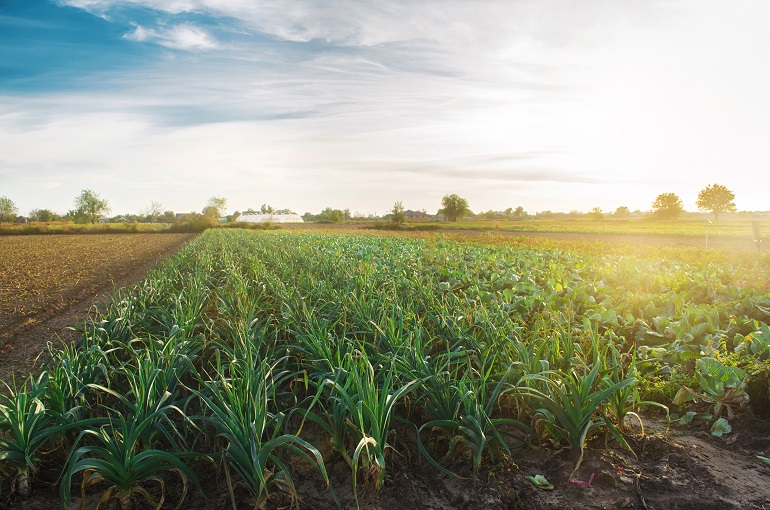Commercial Leek Farming – How to Grow Leeks for Profit

This post is also available in:
This post is also available in:
![]() Español (Spanish)
Español (Spanish) ![]() Français (French)
Français (French) ![]() Deutsch (German)
Deutsch (German) ![]() हिन्दी (Hindi)
हिन्दी (Hindi) ![]() Ελληνικά (Greek)
Ελληνικά (Greek) ![]() Português (Portuguese (Brazil))
Português (Portuguese (Brazil))
Growing leek outdoors –if done rationally and on a scalable basis- can be a good source of income for a farmer. In a few words, the leek is a biennial plant that is usually treated as an annual. The restrictive factors when growing leeks are minimum. Although it is a frost tolerate plant, most varieties require on average temperatures from 13 to 25°C (55.4 to 77 °F) to thrive. Before starting cultivating leeks, farmers need to choose one (or more) leek varieties suitable to the local conditions of their field. Based on the moment they mature, leeks can be categorized into 4 types: Summer, Autumn, Autumn-Winter, and Winter leeks.
Commercial growers can start their leek crop with 2 ways; either by direct sowing on an open field or by planting seedlings purchased by a plant nursery. However, most farmers prefer to start by planting seedlings because they can harvest in a shorter period of time (within 3-4 months). Before planting, they prepare the field. They till and plow the land until it is finely grounded and in many cases, they make raised beds approximately 50cm to 1m wide to improve drainage, leek blanching and harvest.
When the transplants are ready to be placed in the fields, the growers make holes of 15 cm (6 in) depth where they plant and cover the young leek plants manually or mechanically. Plastic tunnels are often used, to protect young seedlings from the cold spring nights. Fertilization, Irrigation, and Weed Management are applied in most cases. More specifically, it is important to remember that leeks do not correspond well to drought stress and are sensitive to weeds, especially during the first 2 months of their growth. The time from planting to harvesting depends on the growing method, the variety or the leek, and climate conditions.
Most commercial leek varieties grown from seedlings can be harvested 3-4 months after transplanting, while leeks grown from seed need 6-7 months. Harvesting can be done by hand or by harvesters. After harvesting, leeks are trimmed, cleaned, and tied into bunches. Producers then plow and destroy the remaining crop. They may also rotate the crop to control diseases and prevent soil from depleting.
15 Interesting Facts about Leeks
Leek: Info, Facts, Nutritional Value & Health Benefits
Leek Plant Information and Variety Selection
Commercial Leek Farming – How to Grow Leeks for Profit
Leek Soil Requirements, Soil Preparation, and Planting of Leek
Leek Water Requirements and Irrigation Systems
Leek Fertilization Requirements








































































